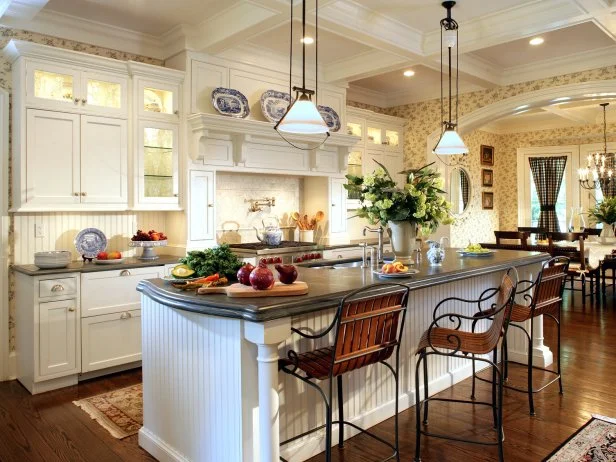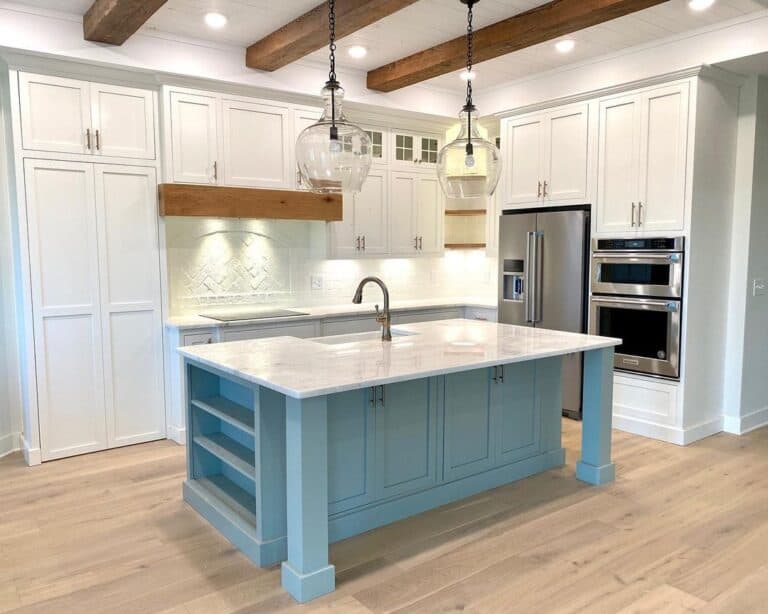Necessary Aspects to Consider When Choosing Legs For Cooking Area Island
Selecting the proper legs for a kitchen area island includes a cautious analysis of numerous variables that can significantly influence both functionality and aesthetic appeal. As we explore these components, it ends up being clear that each choice can have far-reaching ramifications for the general kitchen area experience.
Product Options
When choosing legs for a kitchen island, understanding the numerous material alternatives is essential for achieving both aesthetic charm and architectural integrity (Legs For Kitchen Island). The choice of material substantially affects not only the resilience of the island but likewise its overall layout and functionality
Steel legs, frequently made from stainless steel or functioned iron, add a modern and commercial feel while ensuring resilience and stability. These products are resistant to use and can support considerable weight, making them excellent for larger islands.
One more option is crafted products, like MDF or plywood, which can be much more affordable while still providing a variety of coatings. However, they may not offer the very same degree of stability as strong wood or metal. Materials such as acrylic or glass can develop a contemporary look, though they might call for extra support to make sure stability.
Inevitably, the choice of material for cooking area island legs should align with the desired capability and the overall style of the kitchen.
Design And Style

When thinking about style, the shape and surface of the legs are vital. Tapered legs can provide a feeling of lightness and style, while thicker, a lot more robust legs can share strength and security. Additionally, the coating-- be it painted, tarnished, or all-natural-- need to complement the cabinetry and countertop materials to create a unified look.
Furthermore, the design of the legs can also reflect individual taste. Customized or attractive legs, such as those featuring intricate carvings or unique geometric forms, can offer as centerpieces, including character and individuality to the kitchen area. Eventually, the right selection will certainly not only enhance performance yet additionally boost the aesthetic allure, making the kitchen island a standout attribute of the home.
Height Factors To Consider
Selecting the proper elevation for cooking area island legs is critical, as it straight affects both capability and comfort. The conventional elevation for a kitchen area island generally ranges from 36 to 42 inches, lining up with typical kitchen counter heights. A 36-inch height is ideal for food preparation and food preparation, enabling for comfortable use cooking area devices and view it tools. Conversely, a height of 42 inches is commonly preferred for islands intended for bar seating, fitting taller feceses and offering an informal dining experience.

It is additionally necessary to account for users' elevations and choices. Customizing the height can make certain a comfy experience for all family participants, making the kitchen area island an extra delightful and functional room.
Weight Assistance
Guaranteeing sufficient weight assistance for kitchen area island legs is important for both security and capability. The kitchen island frequently offers several functions, including food prep work, dining, and extra storage space, demanding a durable support structure. When selecting legs, it is essential to think about the general weight ability required based upon the island's meant usage and the products that will be put on it.
The choice of material for the legs plays a substantial role in their weight-bearing capacities. Solid timber, steel, and heavy-duty composites usually provide premium stamina contrasted to lighter products. In addition, the style of the legs-- whether they are straight, tapered, or have a pedestal kind-- can influence their capability to disperse weight effectively across the framework.
Moreover, the leg placement ought to be purposefully planned to enhance stability. Legs positioned at the corners or with a broader base can much better support heavier tons. Always get in touch with the producer's requirements concerning load restrictions to make certain that the legs can sustain the desired weight without jeopardizing safety. In recap, selecting cooking area island legs with ample weight assistance is necessary for developing a safe and useful cooking room.
Installation and Maintenance
Proper installment and upkeep of kitchen area island legs are critical for making certain durability and security. This frequently involves securing the legs to the island base making use of proper bolts, guaranteeing that the legs are degree and lined up.
Once mounted, regular maintenance is essential to protect the stability and appearance of the legs - Legs For Kitchen Island. For wooden legs, regular cleansing with a wet towel and application of suitable wood polish can protect against moisture damage and preserve their surface. Steel legs may need have a peek here a gentle cleaning service to get rid of oil and grime, followed by a dry cloth to avoid corrosion development
Additionally, examine the legs consistently for indications of wear or damage, such as cracks or loose joints. Tightening up screws or screws as needed can likewise extend the life expectancy of the legs. By adhering to these installation and linked here maintenance practices, home owners can make certain that their cooking area island continues to be sturdy and aesthetically appealing for many years to come.
Conclusion

Aesthetic comprehensibility is vital in picking the style and layout of legs for a kitchen area island, as these elements substantially influence the overall atmosphere of the room. Conical legs can offer a feeling of lightness and style, while thicker, more durable legs can convey stamina and security.Choosing the ideal height for kitchen area island legs is crucial, as it directly influences both performance and convenience. In recap, selecting kitchen area island legs with ample weight support is vital for developing a functional and risk-free cooking room.
In conclusion, selecting legs for a kitchen island requires careful consideration of various aspects, including material alternatives, design, elevation, weight assistance, and setup.